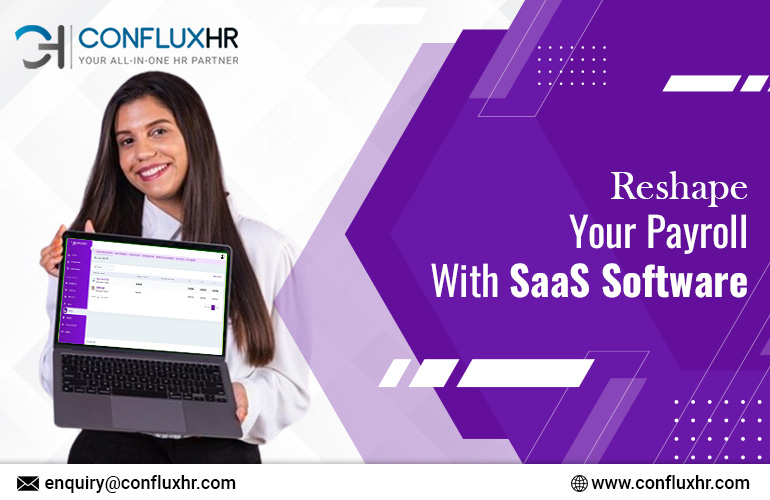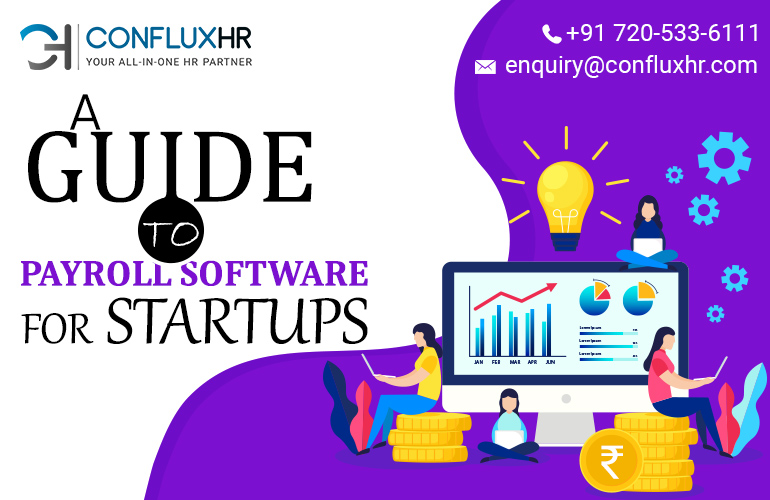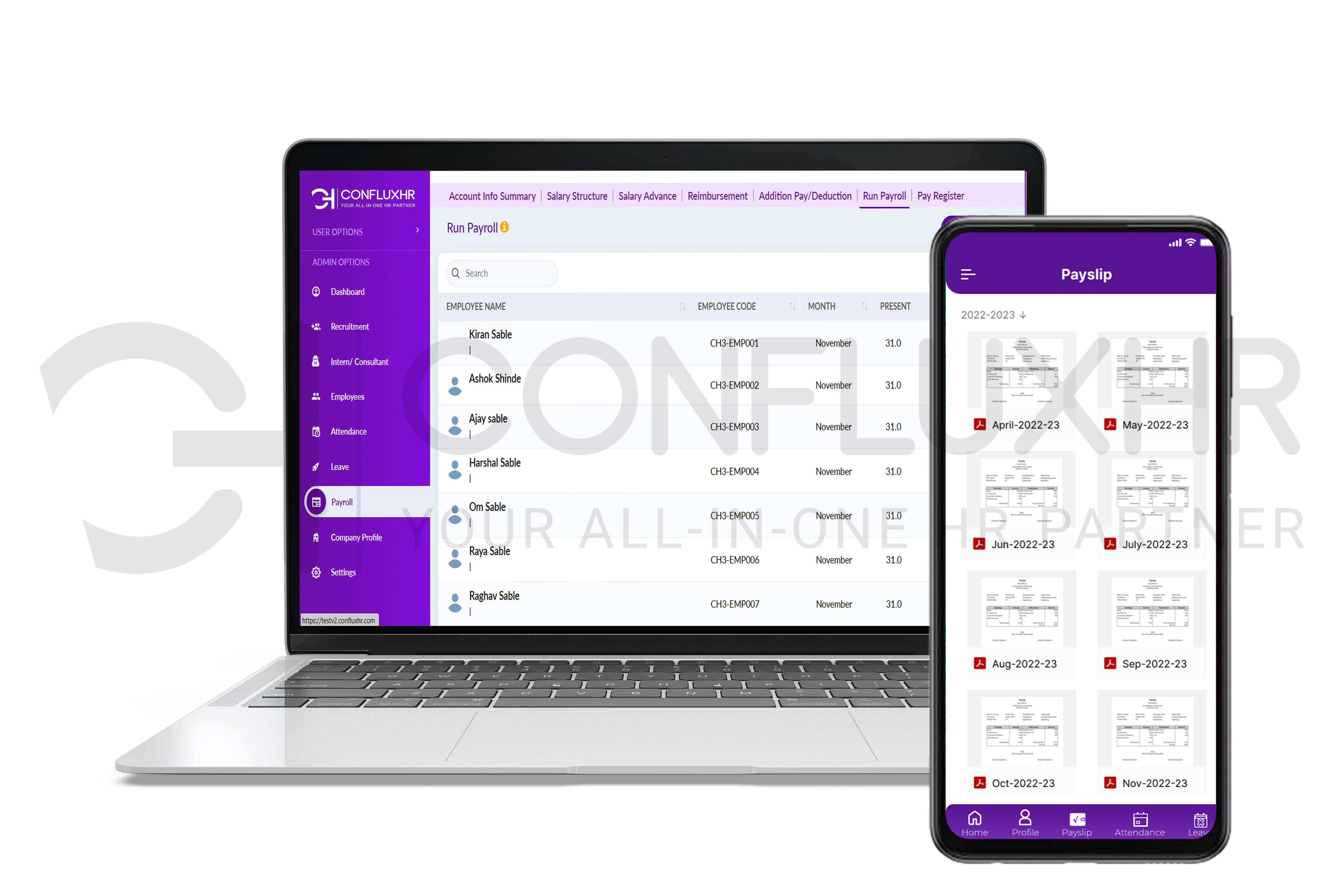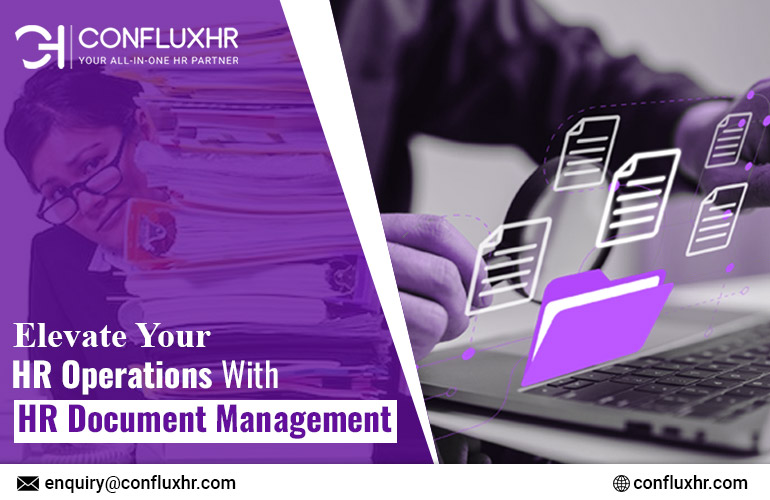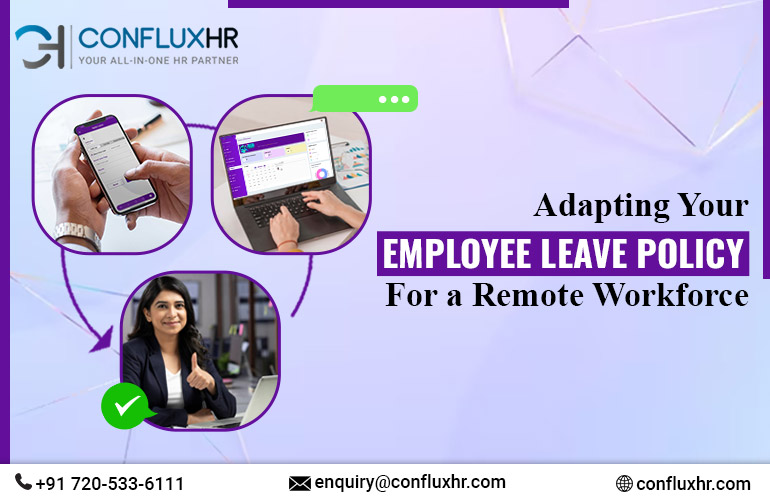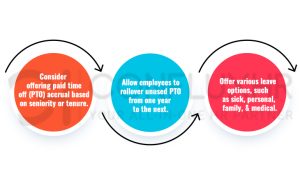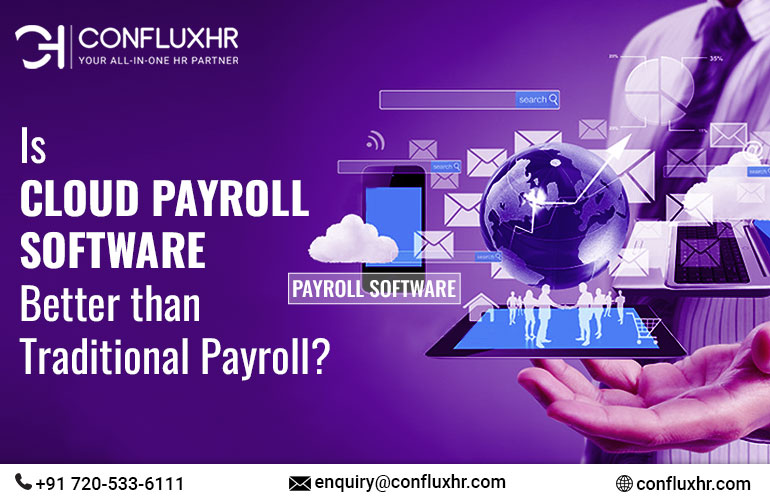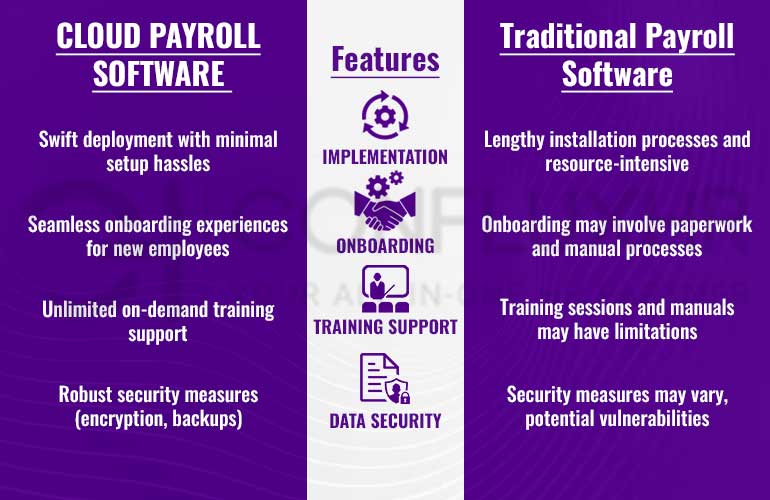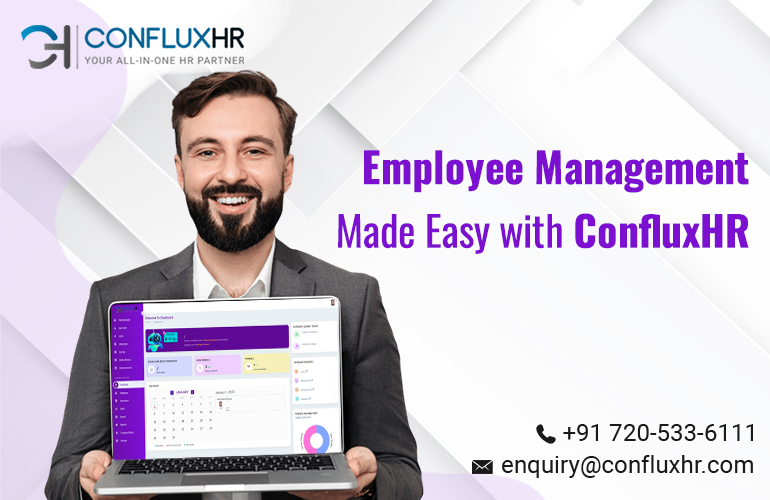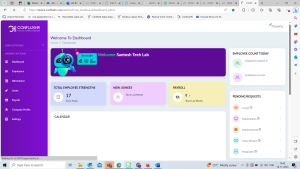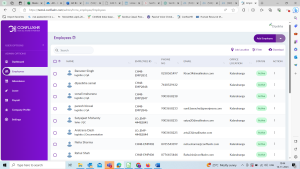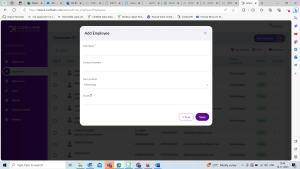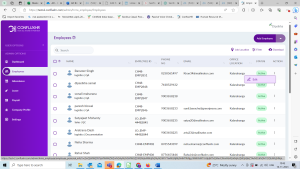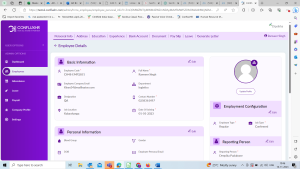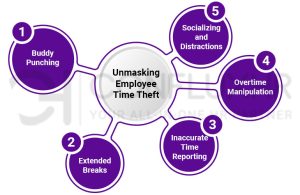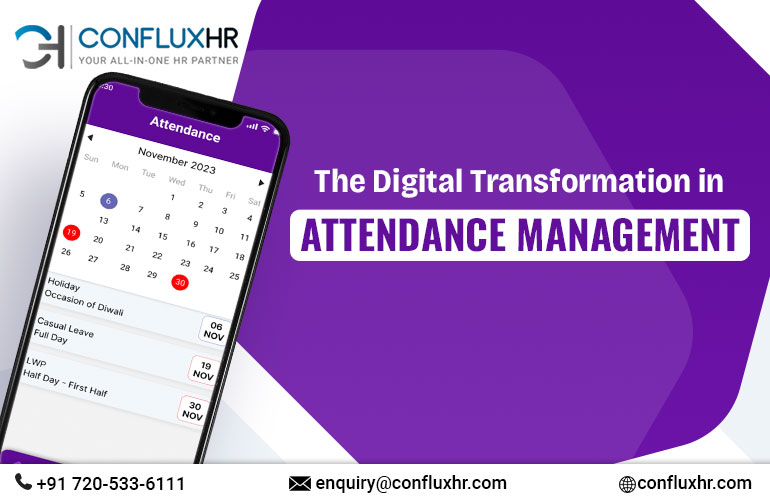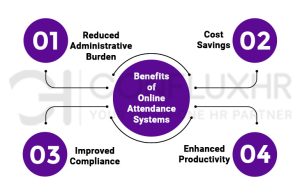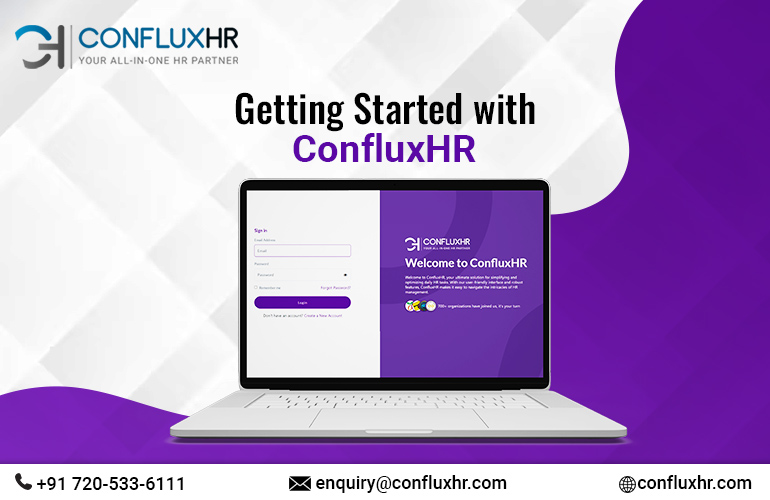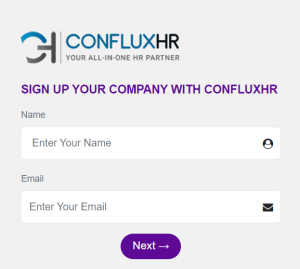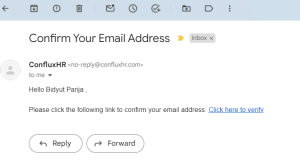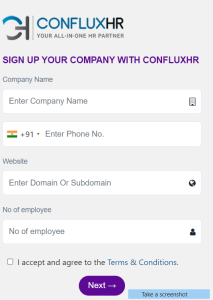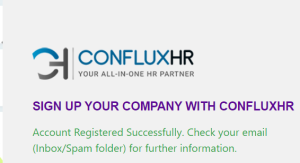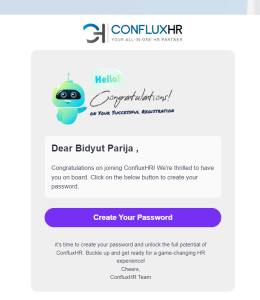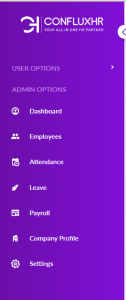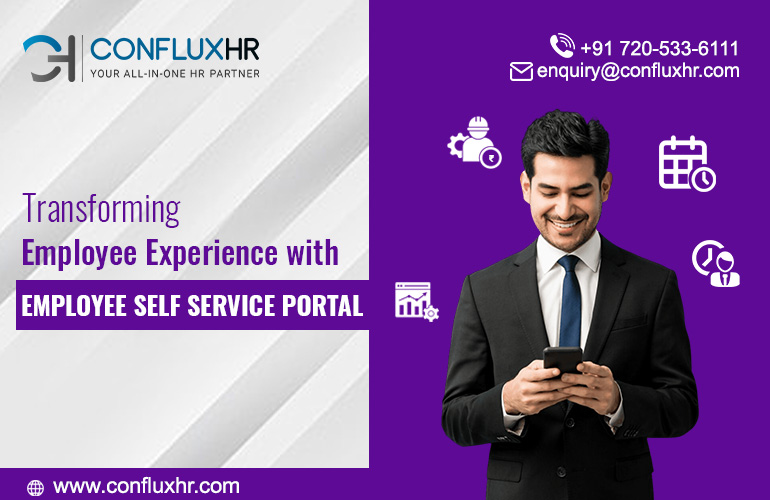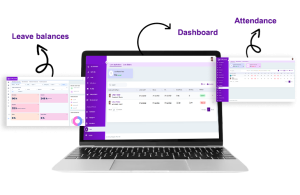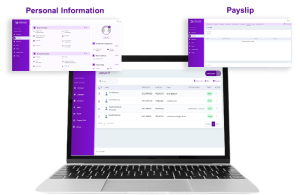Payroll. The very word can send shivers down the spines of HR professionals and business owners alike. It’s a complex beast, riddled with calculations, deadlines, and regulations. But what if there was a way to tame this beast, to streamline the process and turn payroll from a headache into a haven of efficiency? Enter the world of SaaS payroll software, a game-changer that’s reshaping the payroll landscape.
Challenges that Haunt Traditional Payroll:
Traditional payroll methods are often manual, error-prone, and time-consuming. Let’s face it, spreadsheets and paper forms are a recipe for disaster. Common challenges include:
- Inaccuracy: Manual calculations are prone to errors, leading to payroll discrepancies and unhappy employees.
- Compliance headaches: Keeping up with ever-changing tax regulations and filing deadlines can be a nightmare.
- Time-consuming tasks: Data entry, manual calculations, and paper-based processes eat up valuable time that could be better spent elsewhere.
- Limited accessibility: Traditional systems often lack remote access, making it difficult for employees and HR to manage payroll on the go.
SaaS Payroll Software: The Hero Arrives!
SaaS payroll software swoops in like a superhero, armed with a toolkit of features to tackle these challenges head-on:
- Accuracy and Automation: Say goodbye to human error! SaaS platforms automate calculations, ensuring accurate and timely payouts.
- Compliance made easy: Tax updates and filing are handled automatically, taking the burden off your shoulders.
- Time is money, saved: Automation frees up your time for more strategic tasks, boosting productivity and efficiency.
- Accessibility in the cloud: Access payroll data and functionalities from anywhere, anytime, on any device.
From Practical Solutions to Smoother Operations:
SaaS payroll software isn’t just about ticking boxes; it’s about transforming the way you manage payroll. Here are some practical solutions that lead to smoother operations:
- Self-service portals: Empower employees to manage their payroll information, update tax forms, and view pay stubs, reducing HR workload.
- Mobile access: Approve timesheets, process payroll, and access reports on the go, keeping you connected and in control.
- Integrations galore: Seamlessly integrate with other HR systems like timekeeping and benefits platforms, creating a unified data hub.
- Real-time insights: Gain valuable insights into payroll data with reports and analytics, helping you make informed decisions.
The Final Verdict: A Reshaped Payroll Landscape
SaaS payroll software is more than just a software; it’s a revolution in payroll management. It simplifies complex tasks, eliminates errors, saves time, and empowers both HR and employees. The result? A smoother, more efficient, and less stressful payroll experience for everyone involved. So, ditch the spreadsheets and paper forms, and embrace the future of payroll with SaaS. Your sanity (and your employees) will thank you.
Also Read: SME-Friendly Payroll Solutions: Best HRMS and Payroll Software


